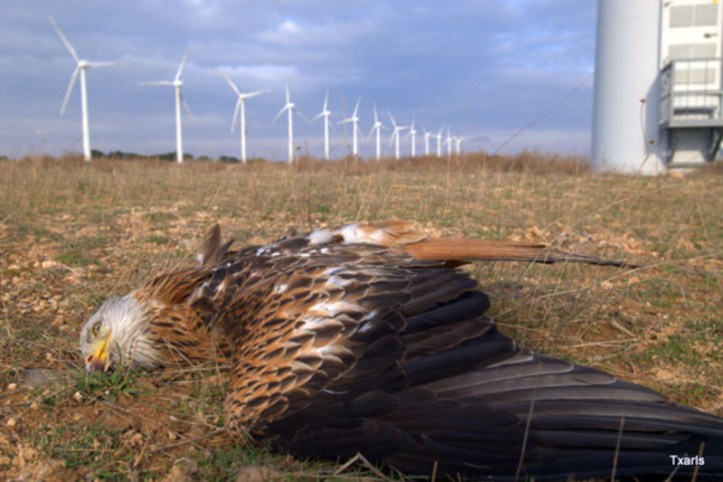
From KlimaNachrichten Redakteur

Spektrum.de is working on a study that finds a dramatic decline in birds in Europe.
“The birds of Europe are fighting for their survival right now before our very eyes: the EU states have lost 600 million birds in the last four decades – the equivalent of a loss of 40,000 birds every day. You can even hear it now. The bird choir every morning has already changed noticeably due to the loss of more and more individual singers and bird species. It becomes quieter and more monotonous.
A completely “silent spring” is not yet a reality, but it is getting closer. This is because the trend is continuing, as systematic recording programs in many countries show. In Germany, experts estimate that 1980 million birds have disappeared compared to the 16s. Particularly hard hit by the worst bird crisis since the beginning of scientific research are bird species that have their habitat in fields, fields or pastures. The number of these so-called agricultural bird species has plummeted by almost 60 percent in the last four decades, significantly more than the average for all common bird species, whose populations have declined by 25 percent. Individual farmland bird species are hit even harder. For example, partridges and lapwings in Germany have had to contend with slumps of over 90 percent in the last 25 years.”
The cause is therefore directly and indirectly agriculture. But there are other factors as well. In any case, this is not good news for the environment. In stark contrast to the popular “What About” comparison of cats, cars and window panes, they are taking action in the Netherlands. Although wind turbine operators try to downplay any danger to birds, as Orsted has done, for example, including the stupid “What About” argument, of course, something is happening in our neighboring country. But it’s probably not quite that simple, because according to n-tv, the Netherlands now wants to switch off plants during bird migration. What now? Either there is no danger or you shut down the systems.
“It is expected that from autumn 2023 onwards, the wind farms will be shut down more frequently after the pilot phase that is now underway, it added. In order to enable the birds to pass through safely, the wind farm owners are to reduce the speed of the wind turbines to a maximum of two revolutions per minute during the predicted nocturnal migration period.
At the end of 2022, a PhD student at the University of Amsterdam presented a model that, among other things, uses weather data – it predicts bird migration two days in advance. This is intended to give the grid operator Tennet time to ensure the stability of the high-voltage grid and to initiate the shutdown of the turbines.
Study with hundreds of animals Not all migratory birds fly around offshore installations
Bird protection expert Tim van Oijen said: “Twice a year, in spring and autumn, millions of birds migrate across the North Sea on some nights.” Due to the increasing number of wind farms there, it is extremely important that this expansion has minimal impact on the ecosystem of the North Sea.”
In August 2022, we reported on a very interesting, but also sobering podcast from SWR, which quotes Nabu expert Lachmann. Now, however, bird migration does not work according to a fixed timetable. Each species has its own times and even within a species the migration can drag on for a long time. Does this mean that the plants will be shut down for a very long time? Will not only the wind be decisive for electricity production in the future, but also the birds?



You must be logged in to post a comment.